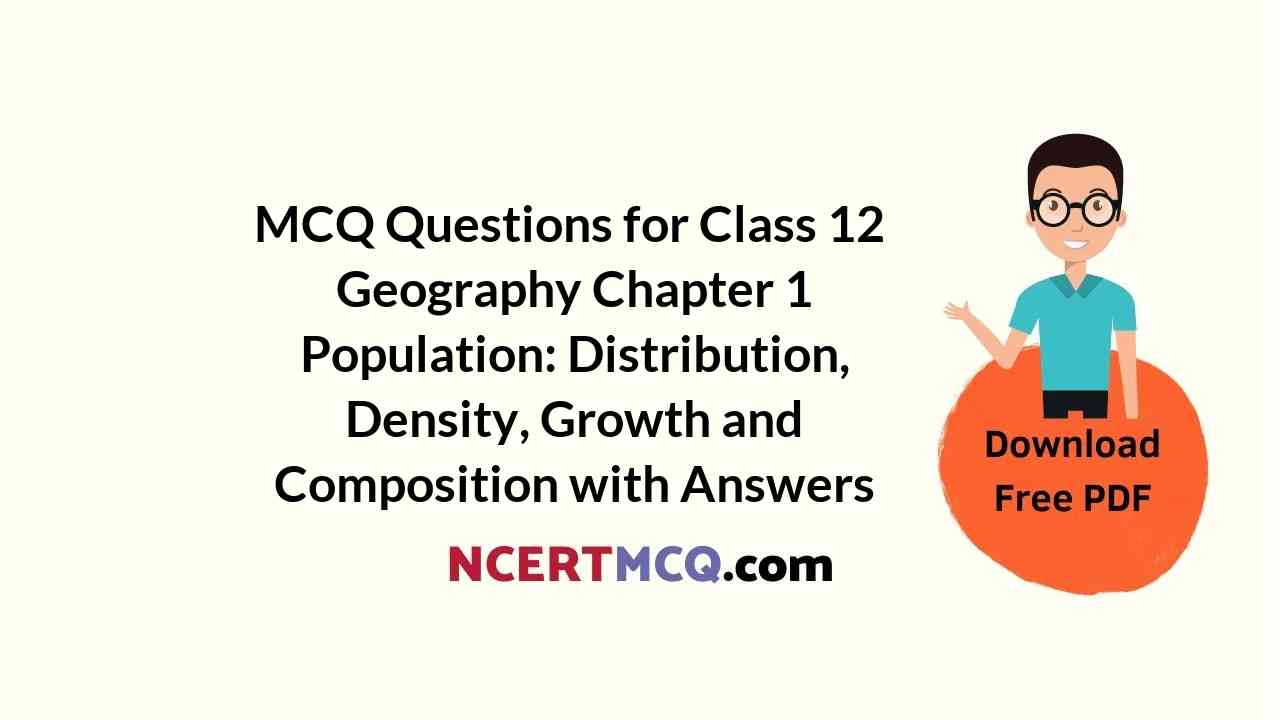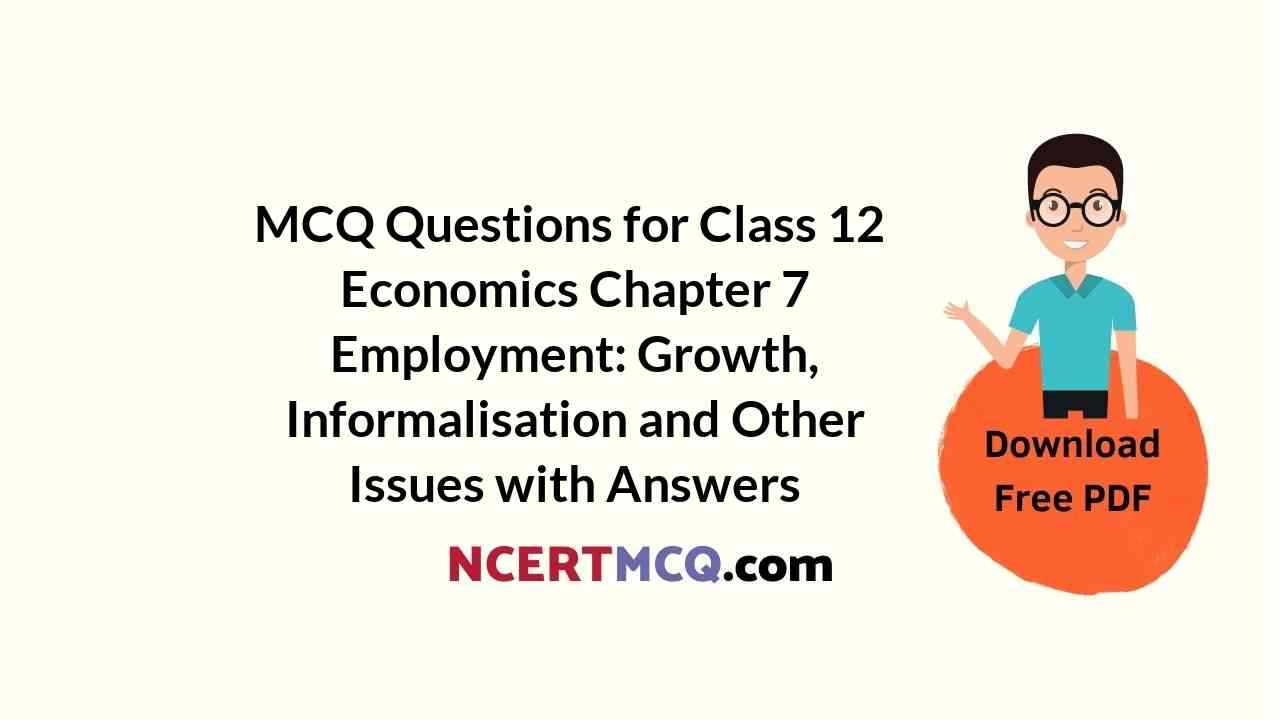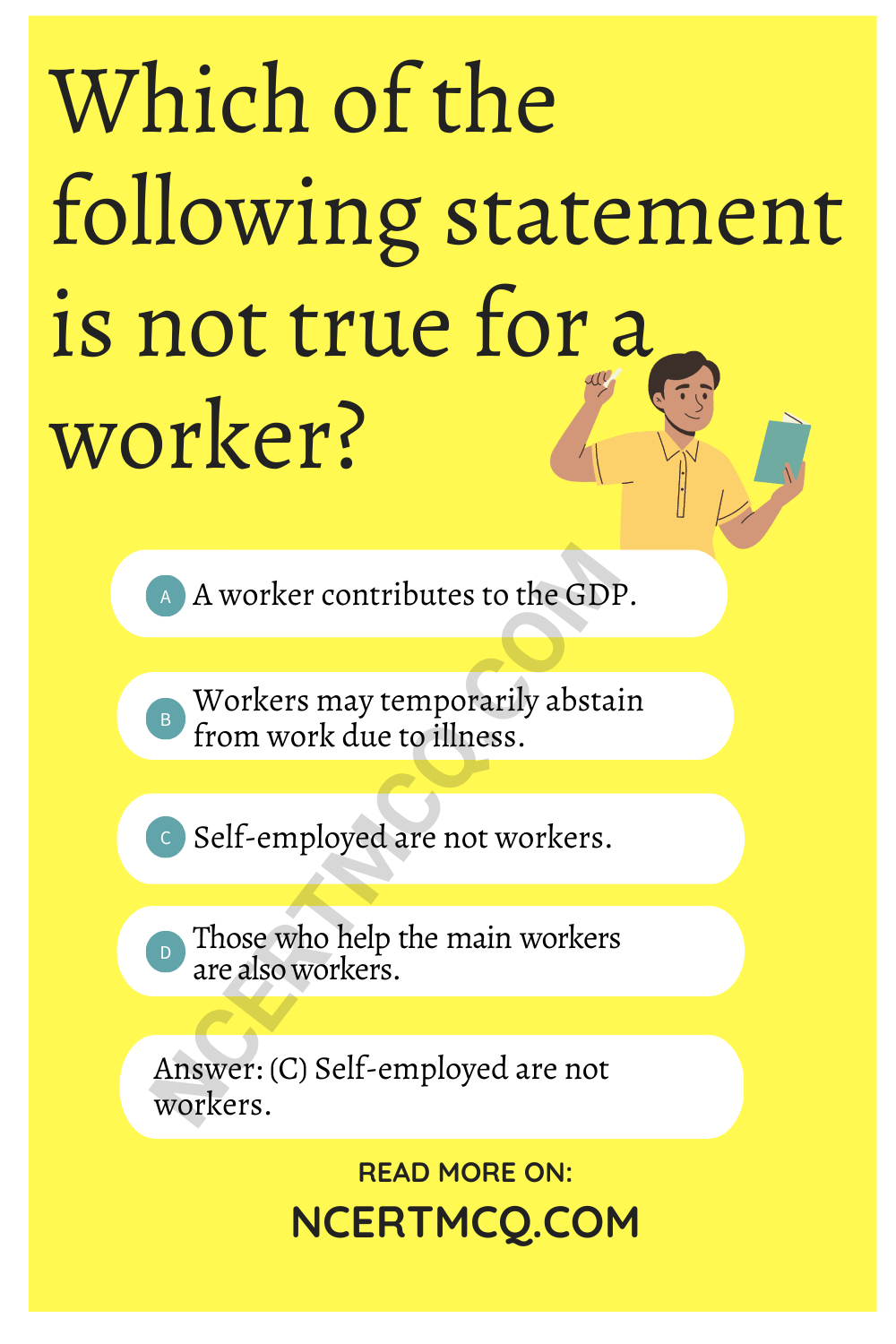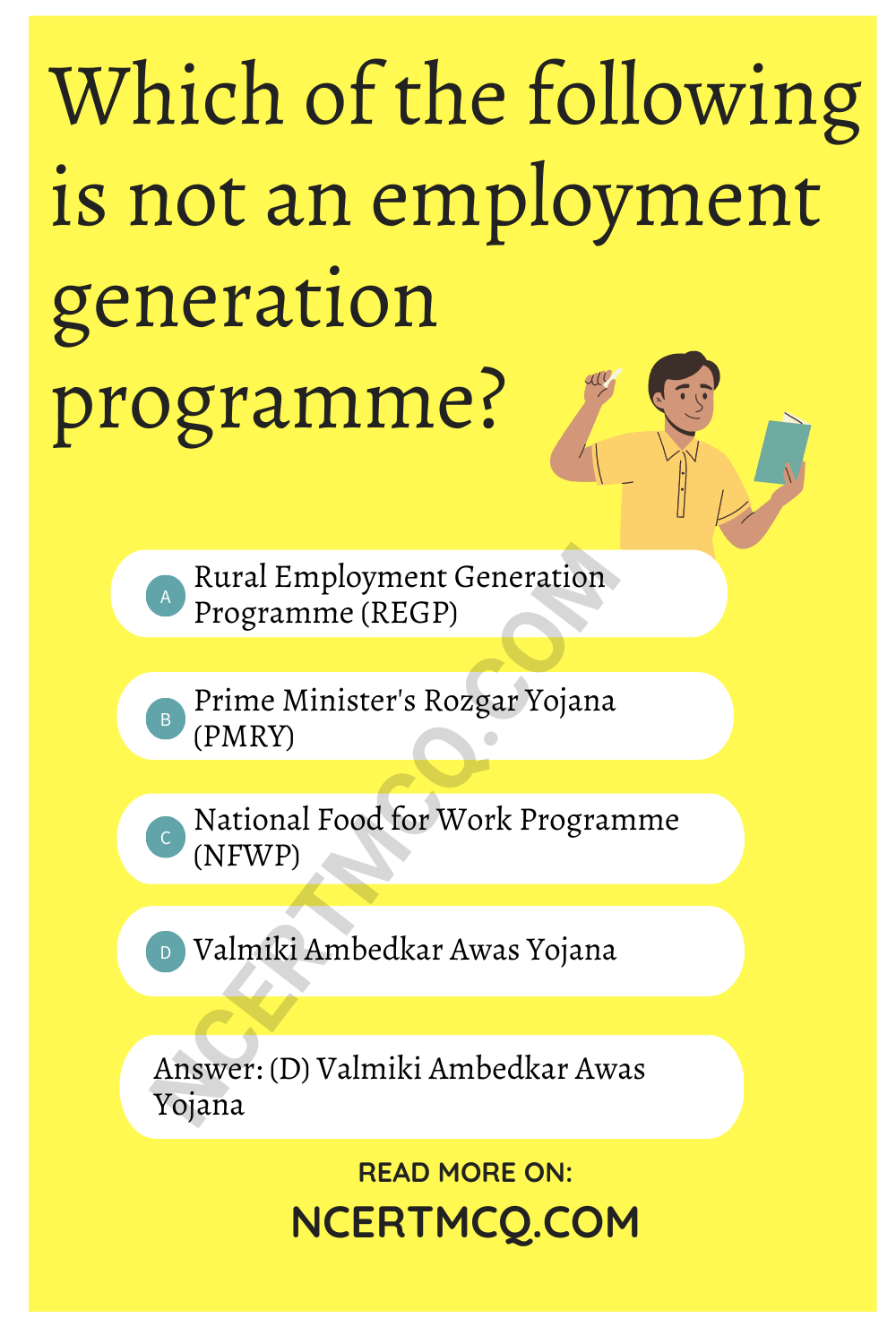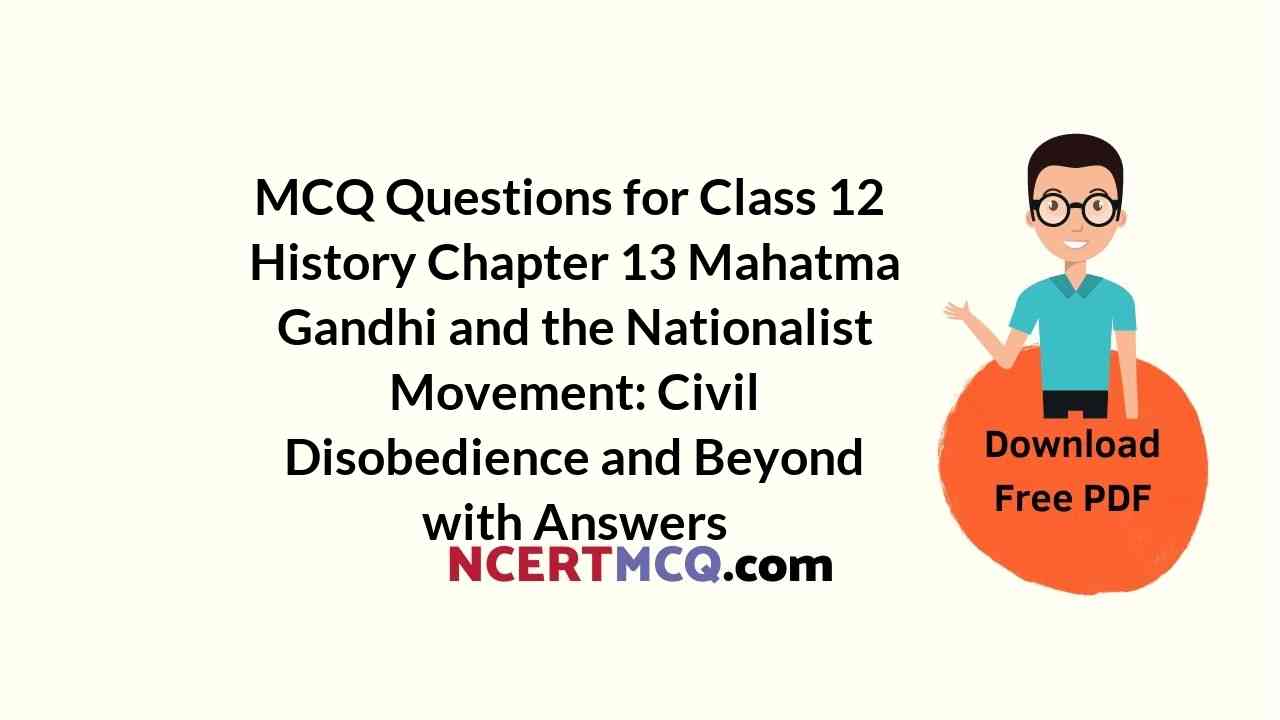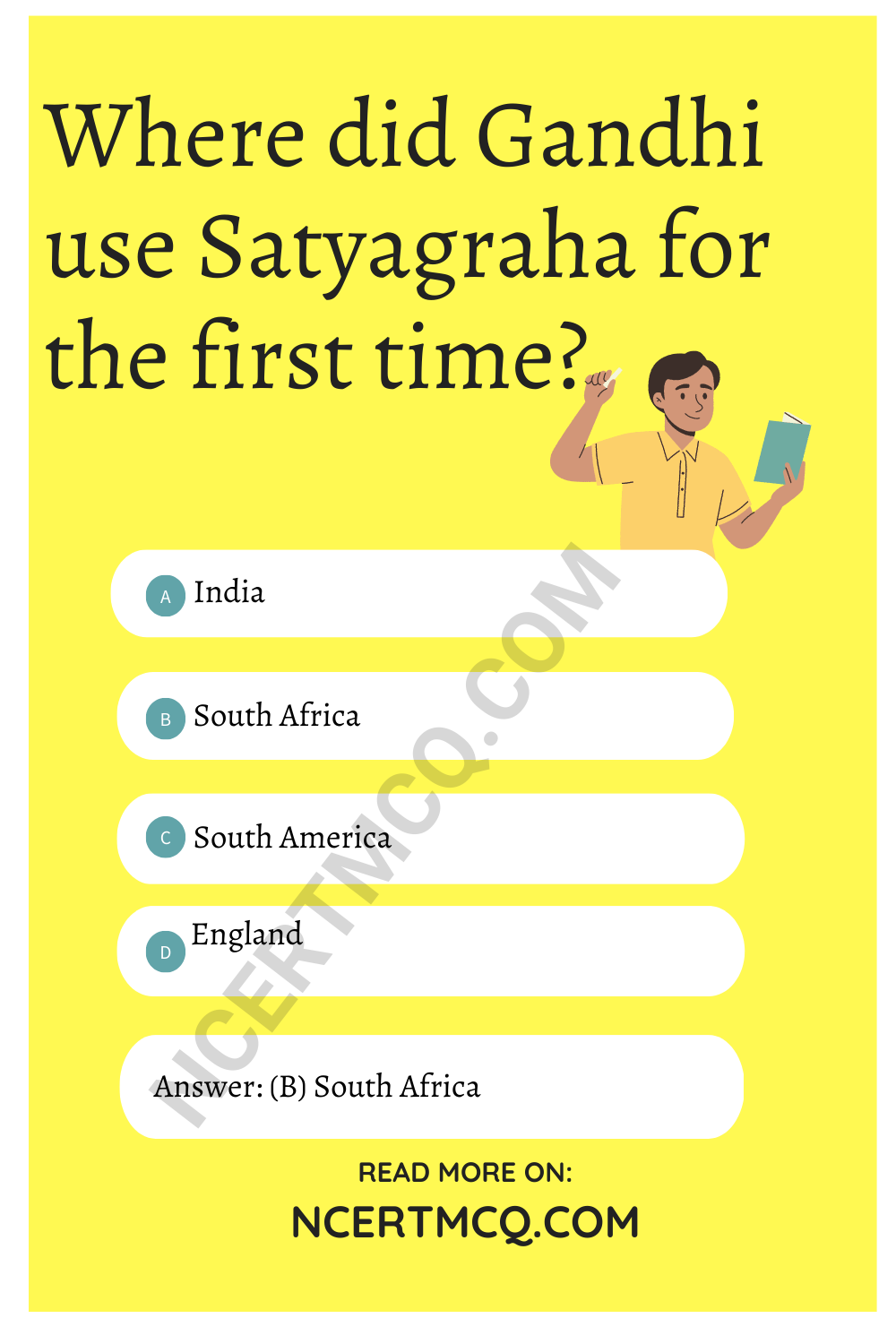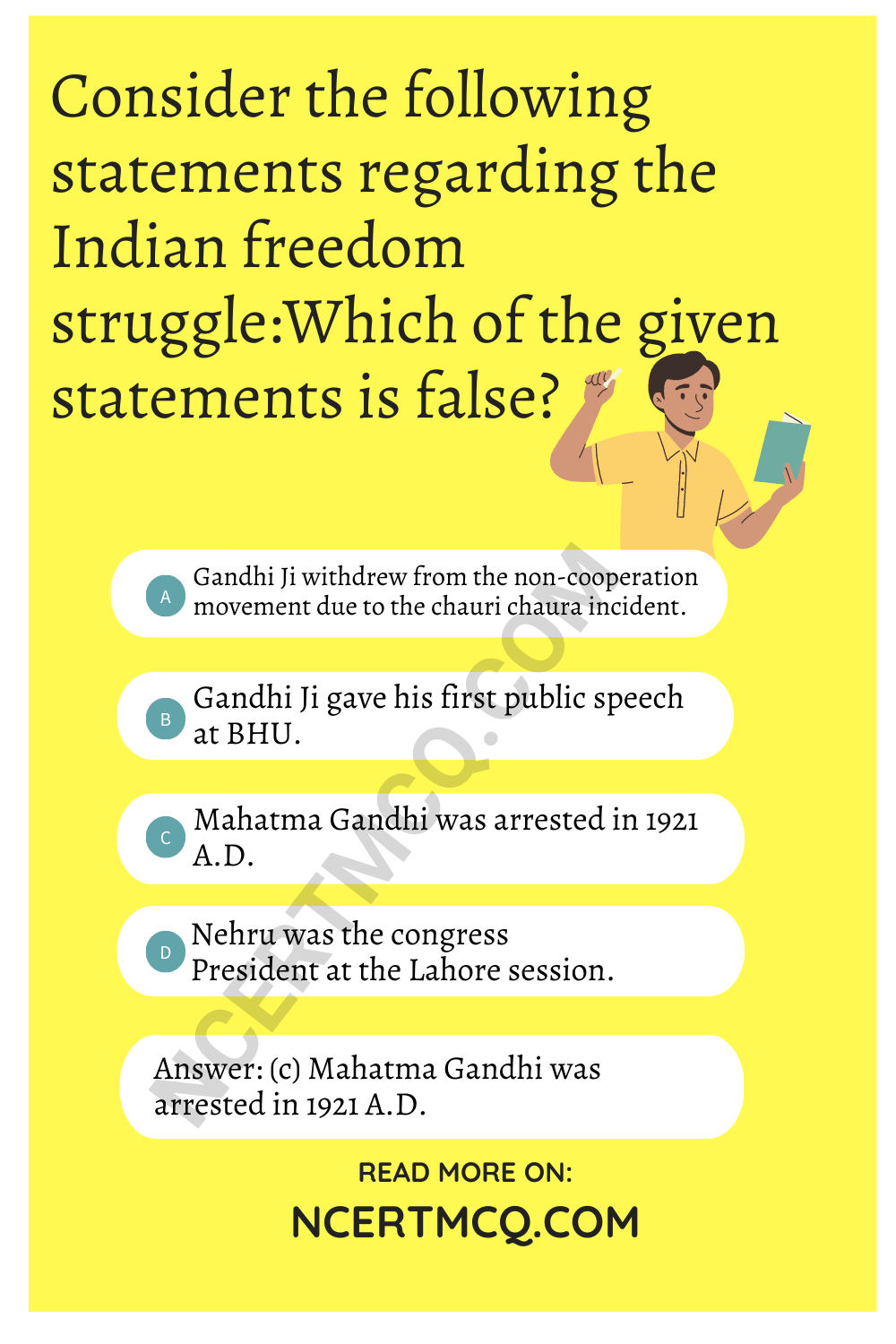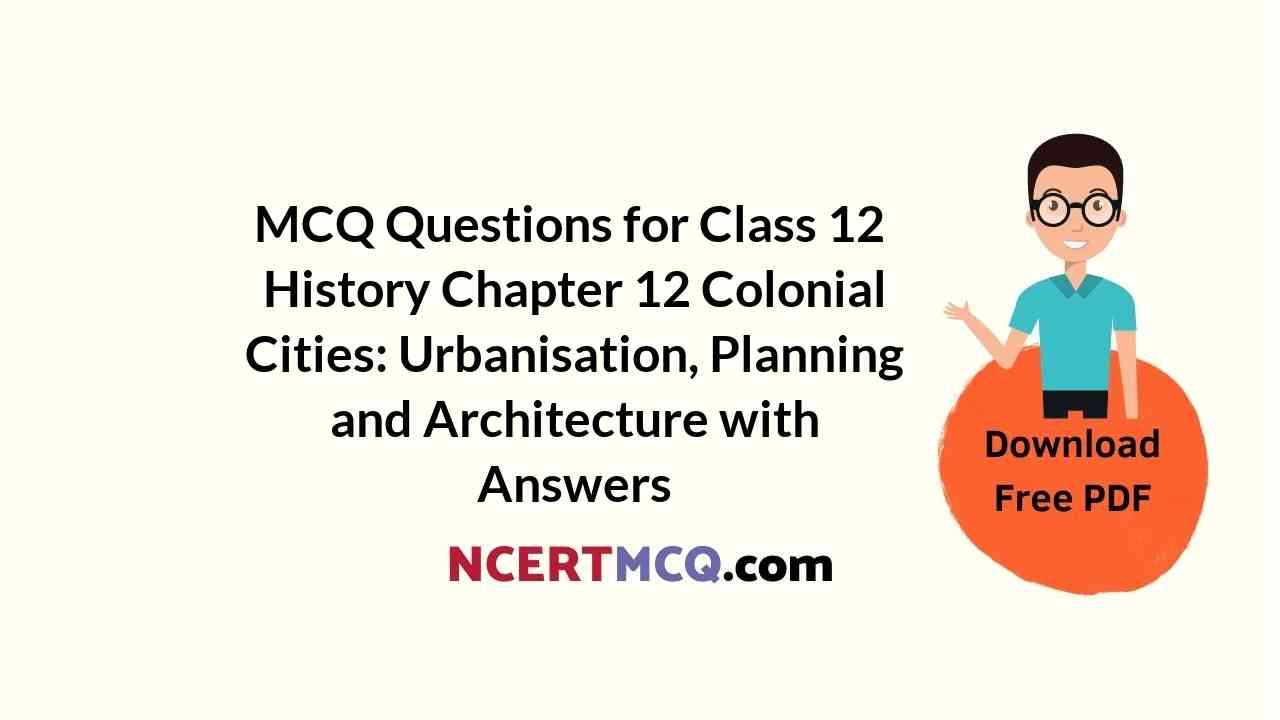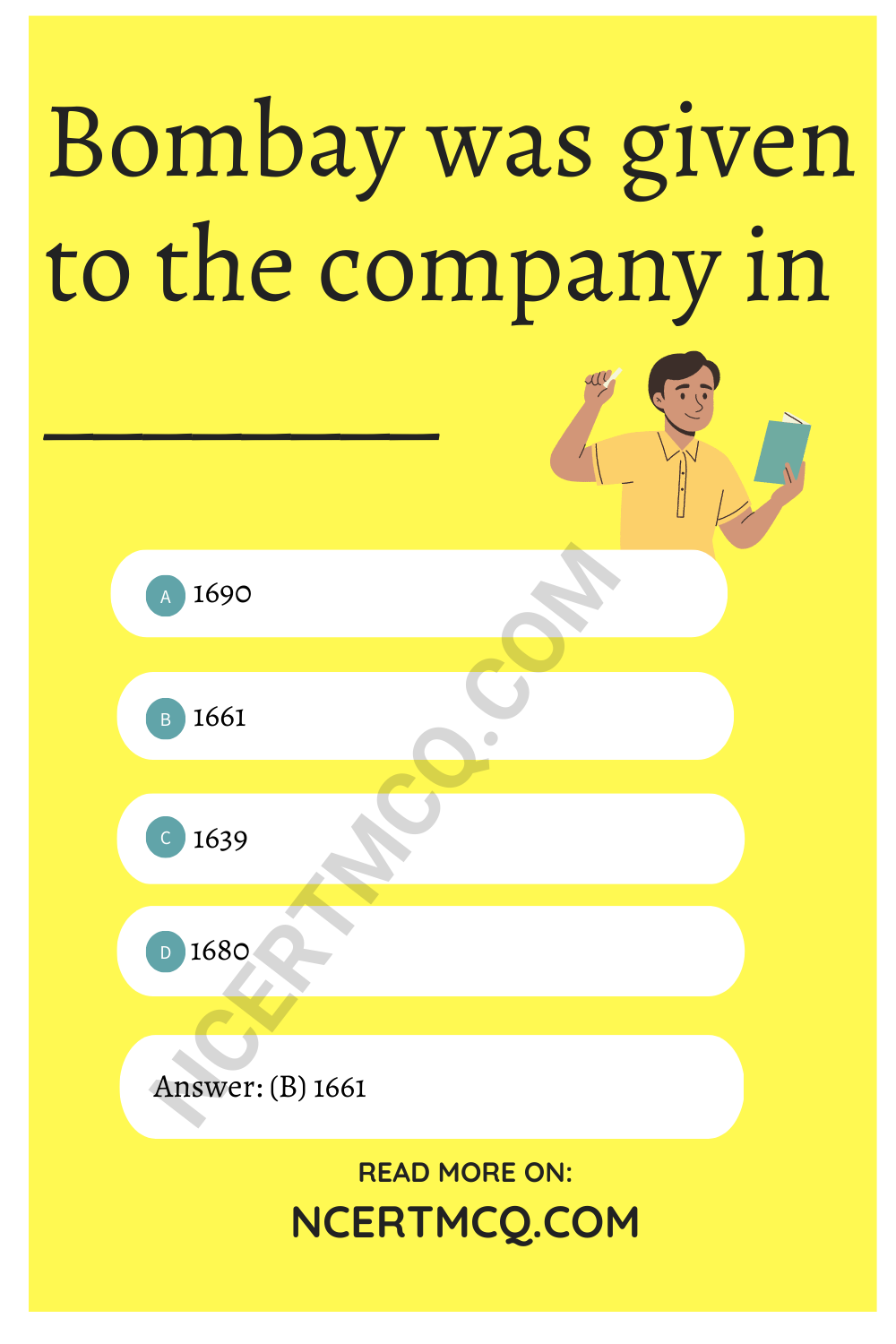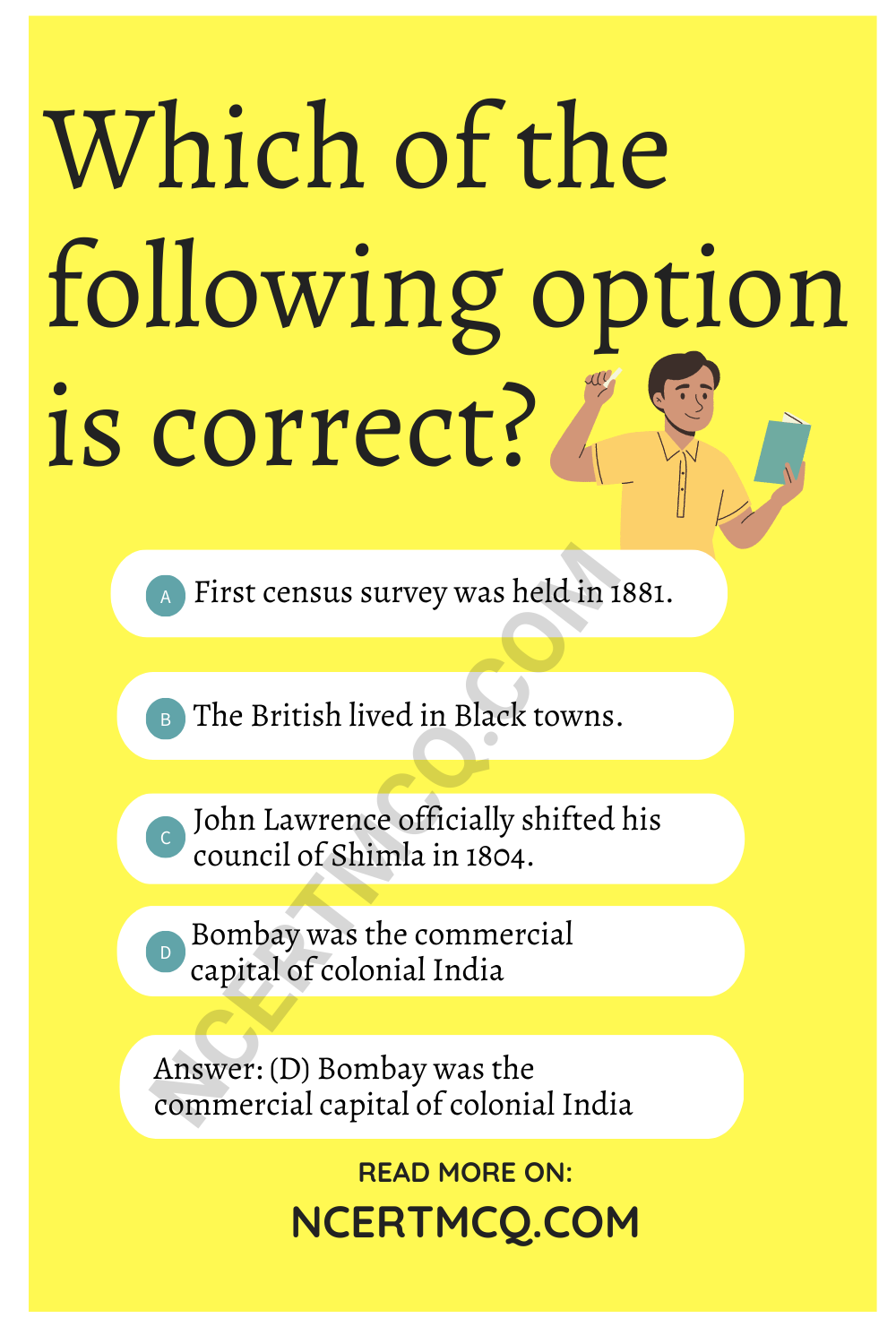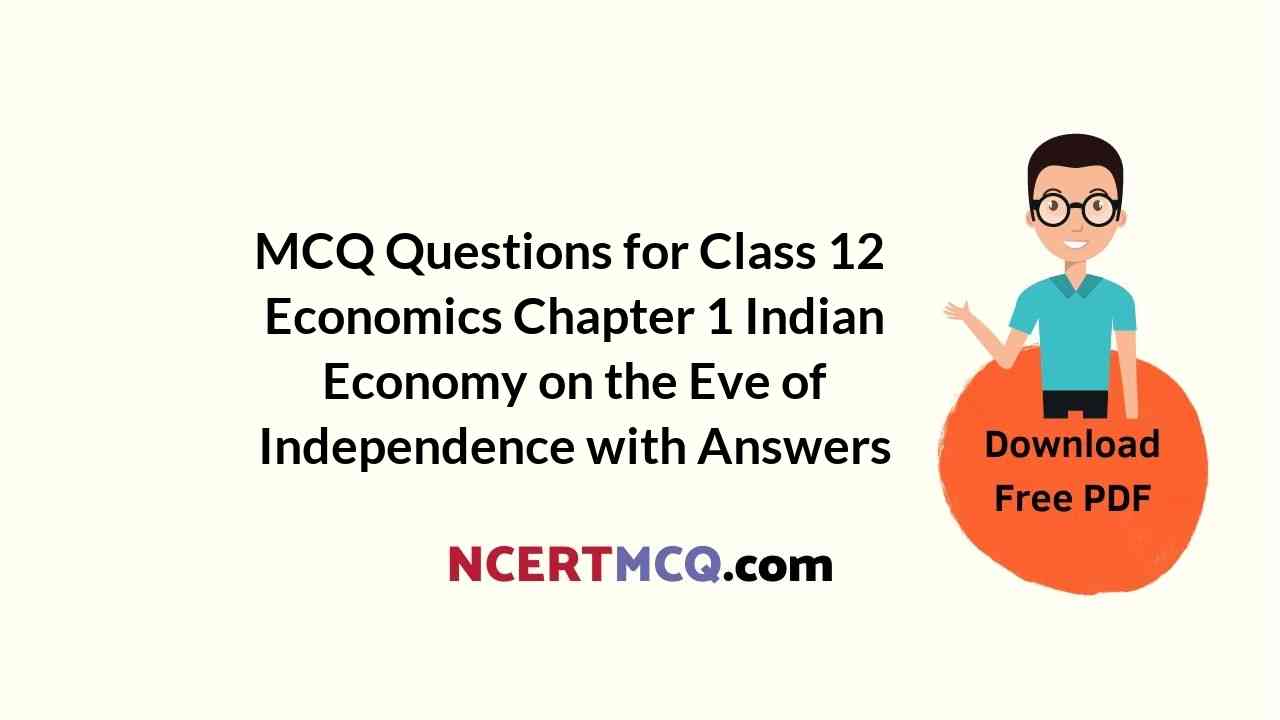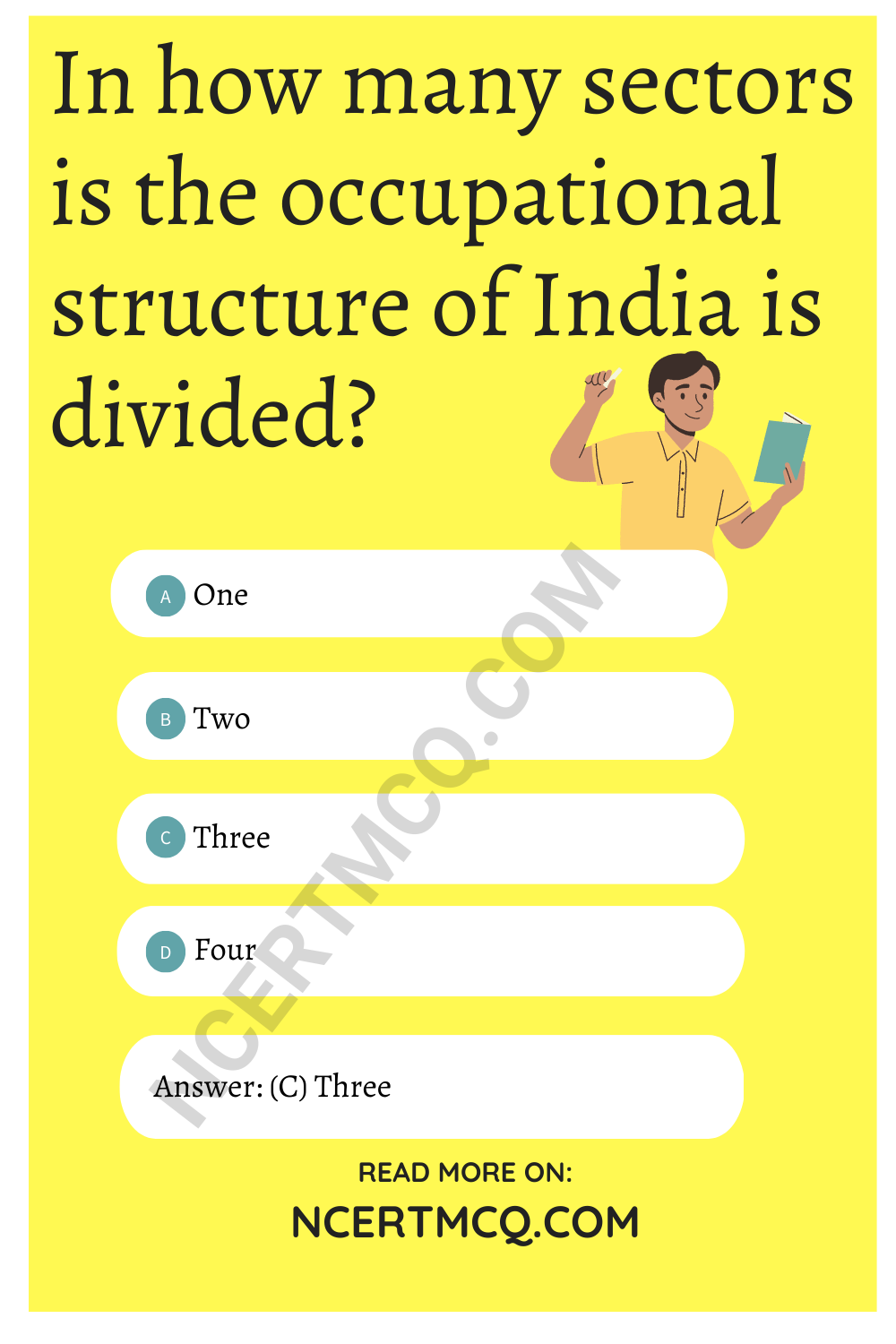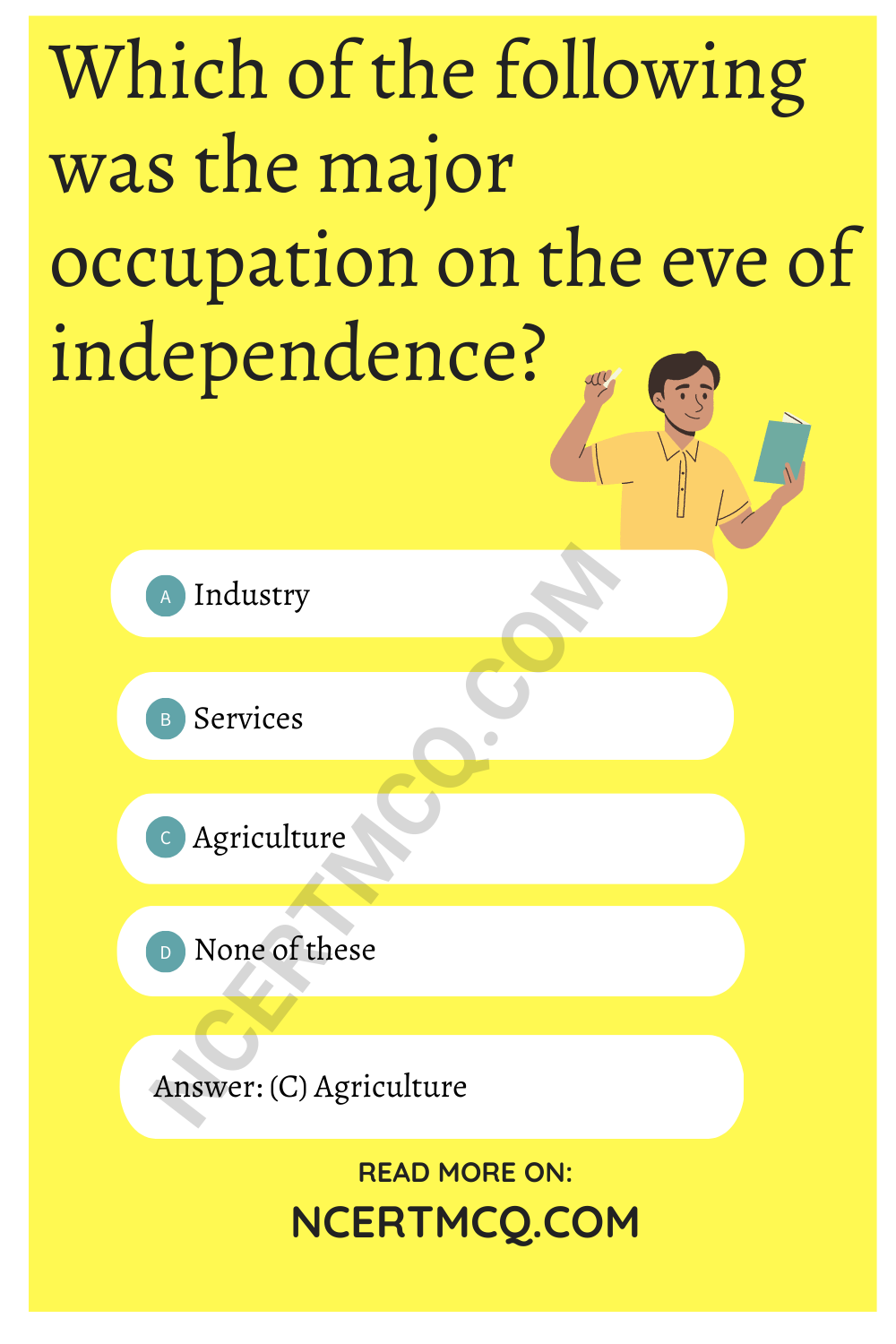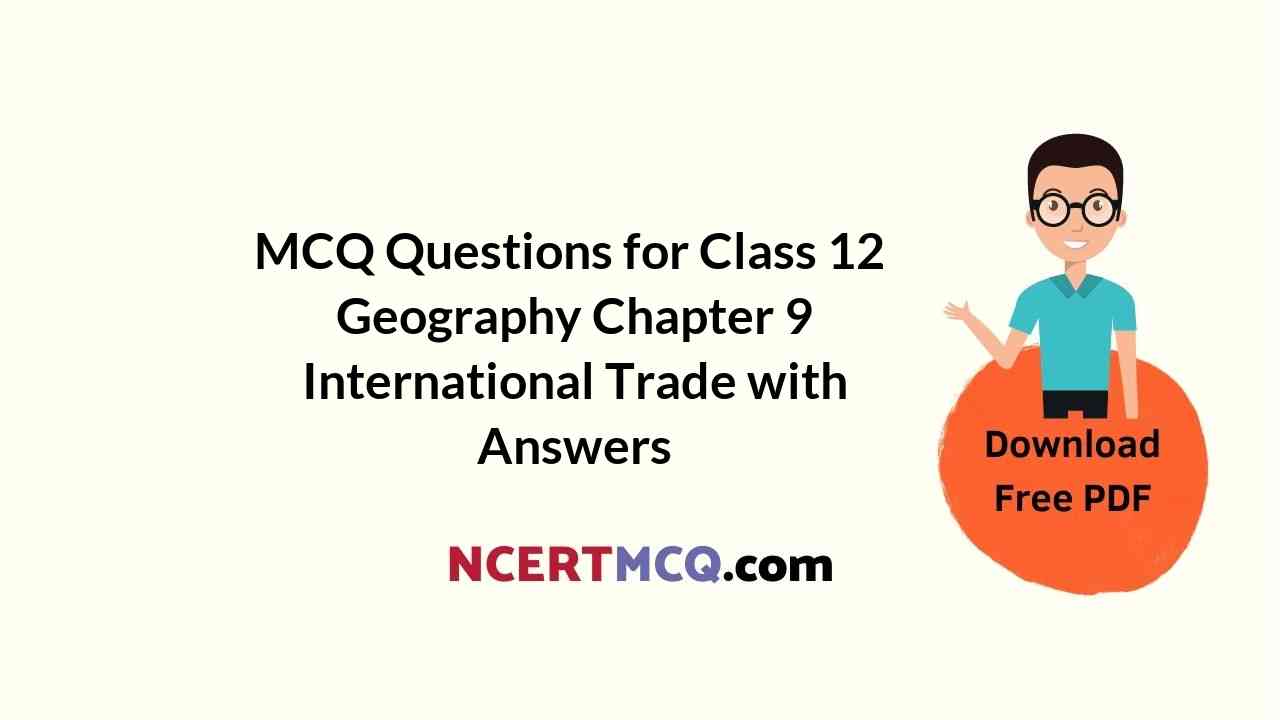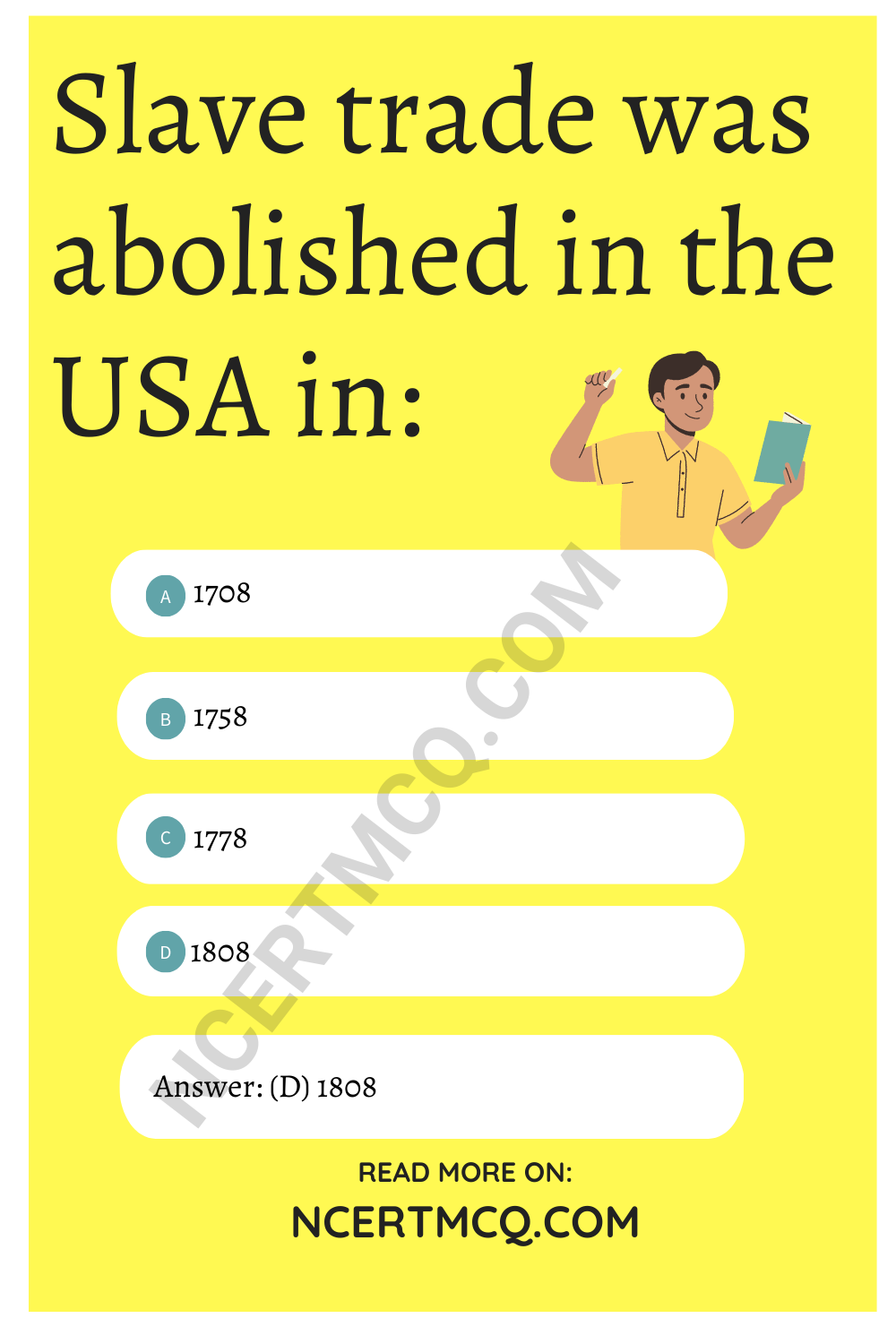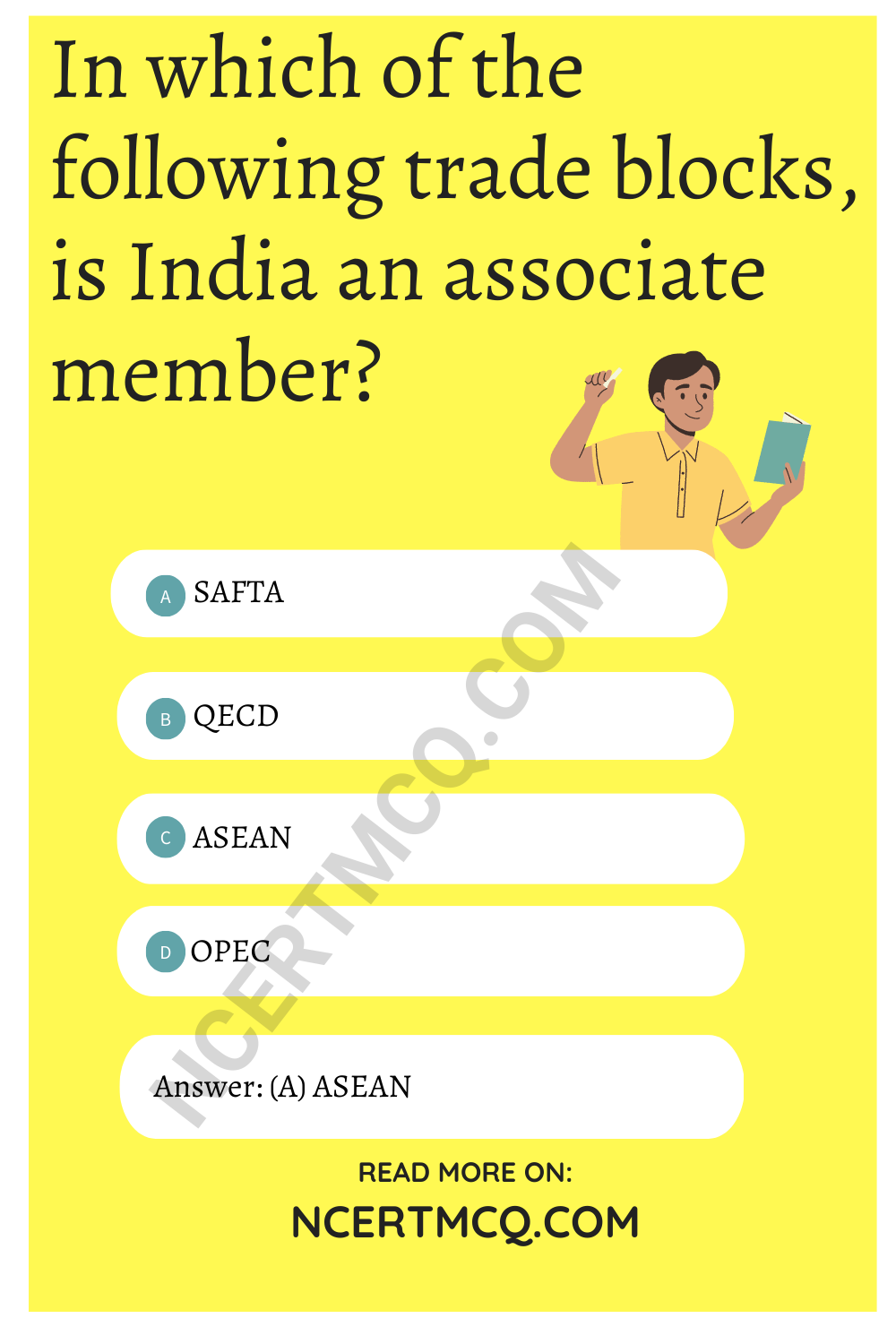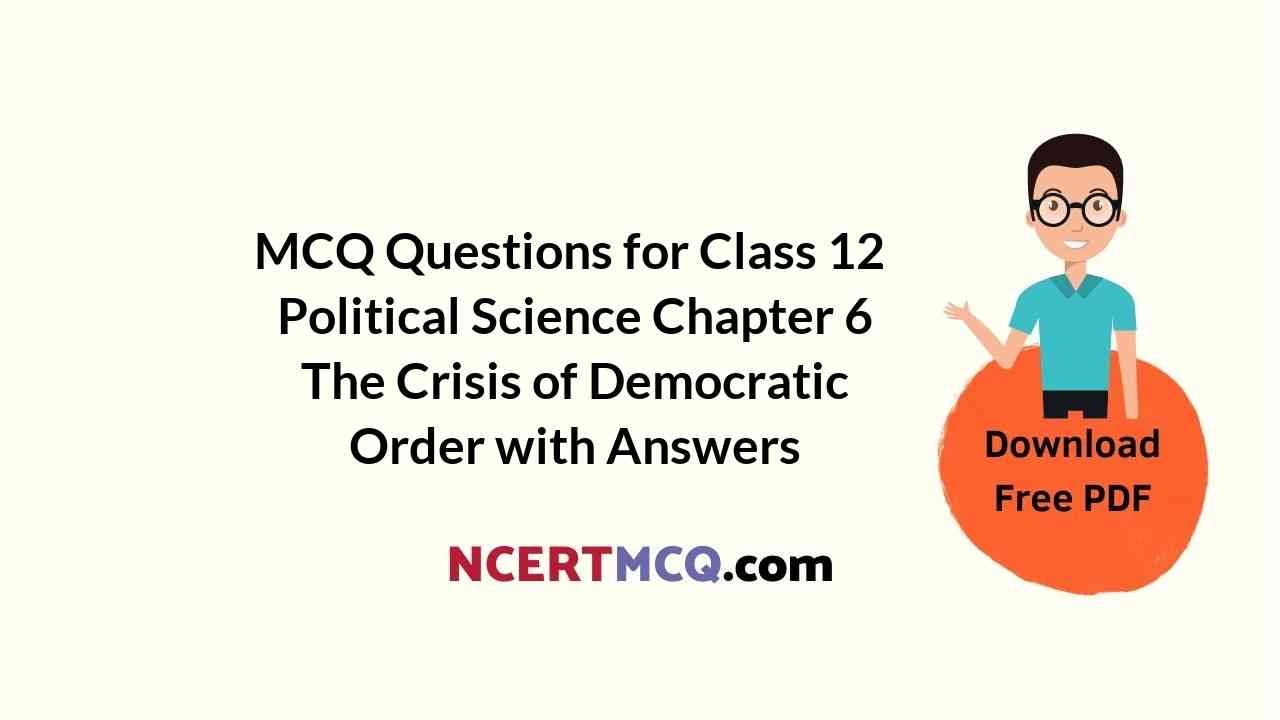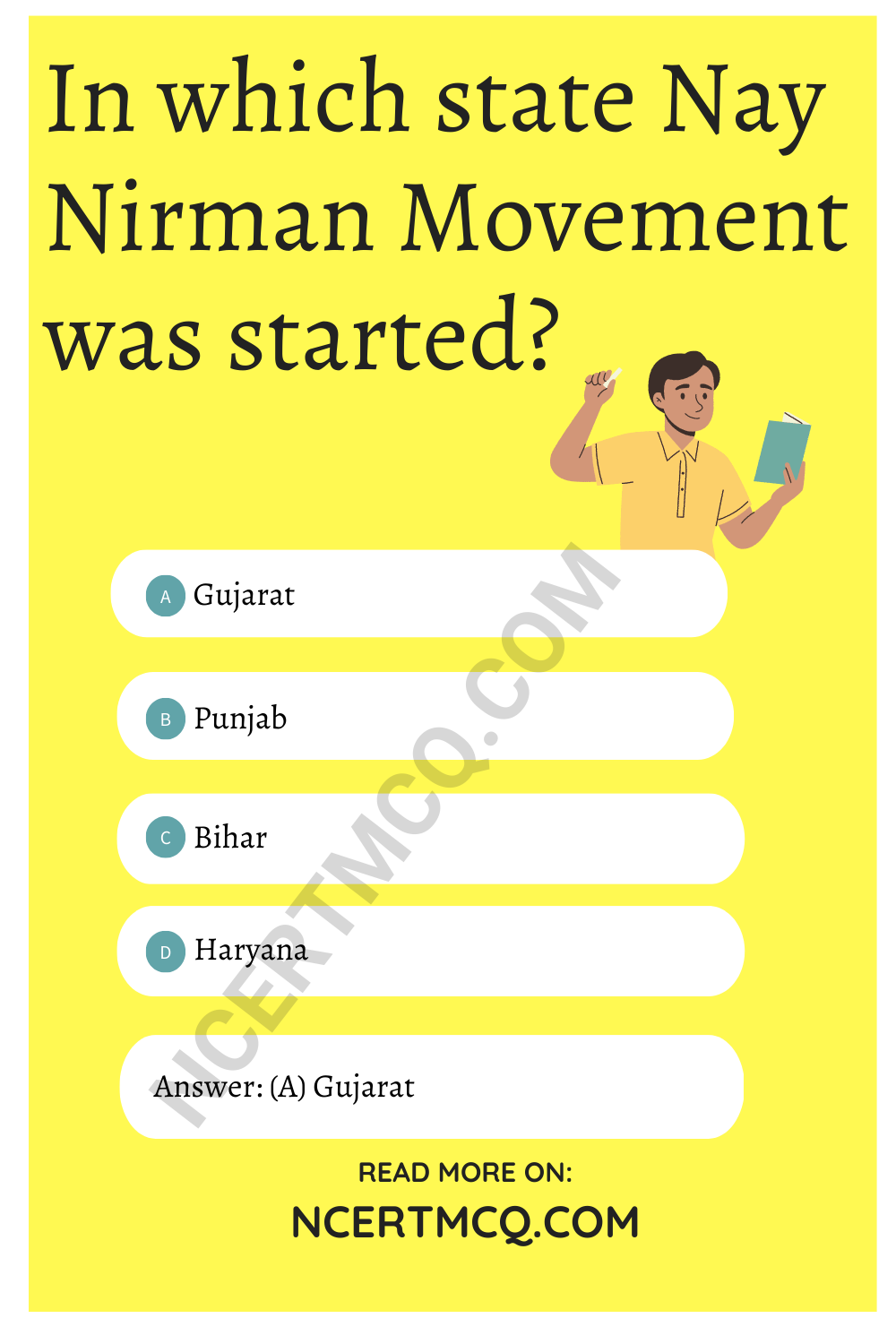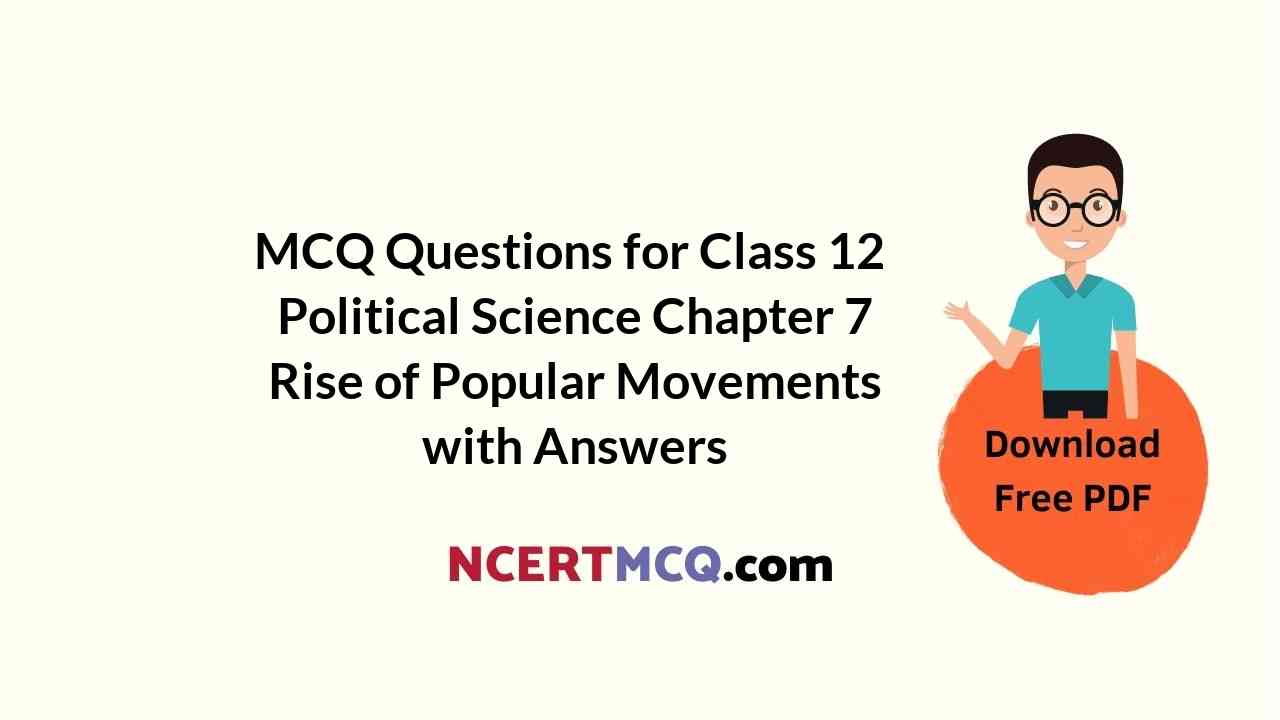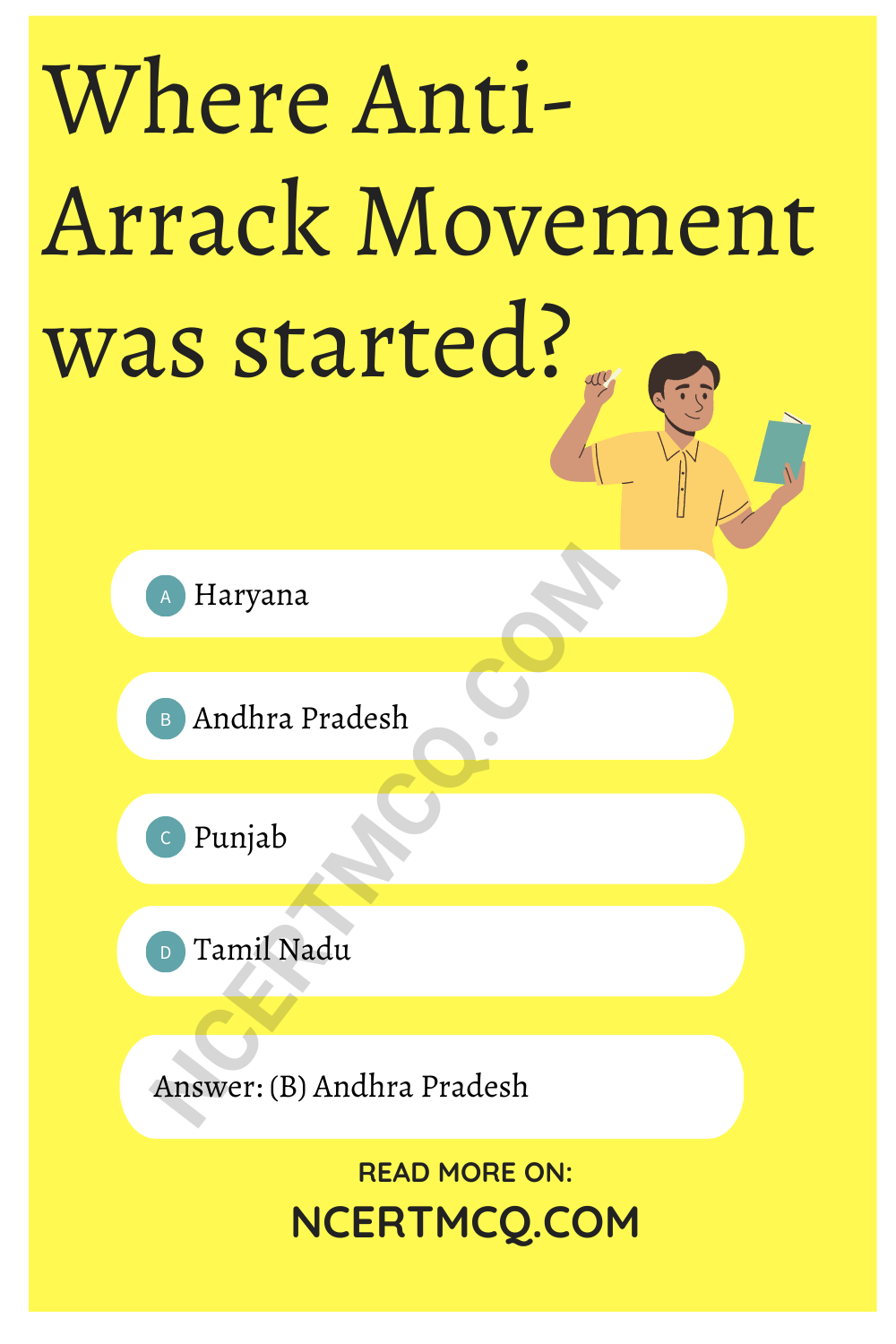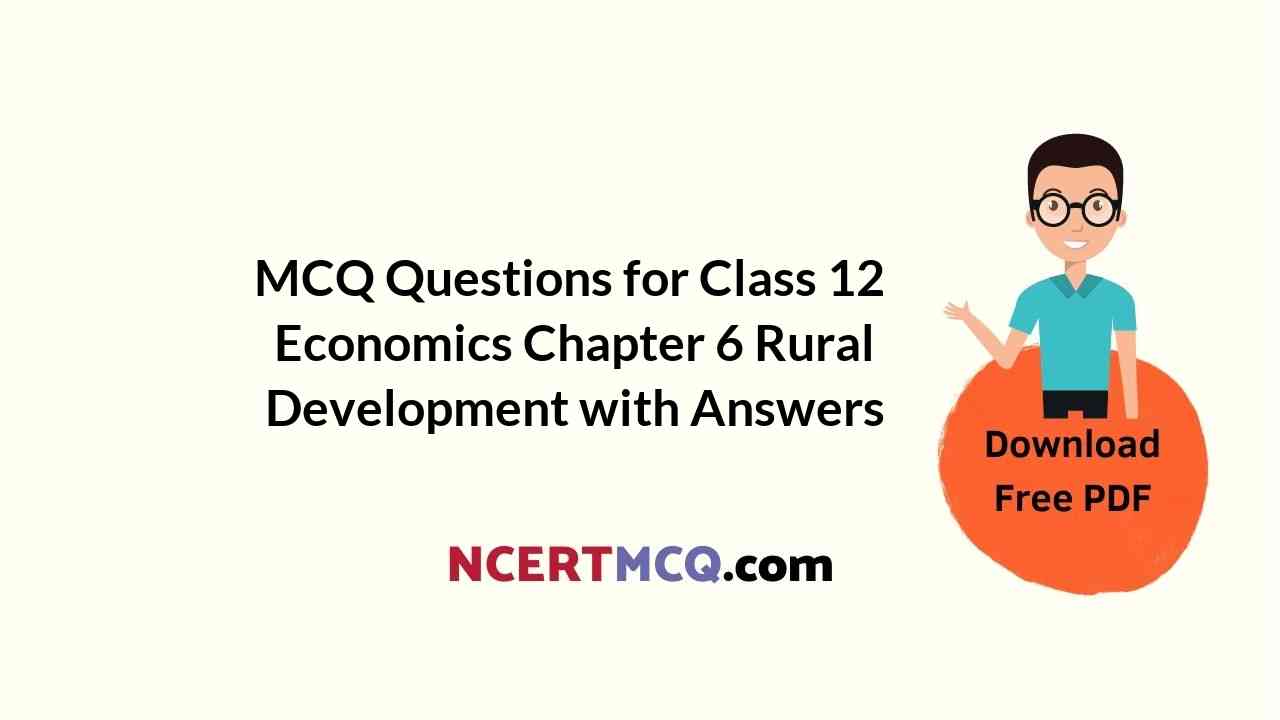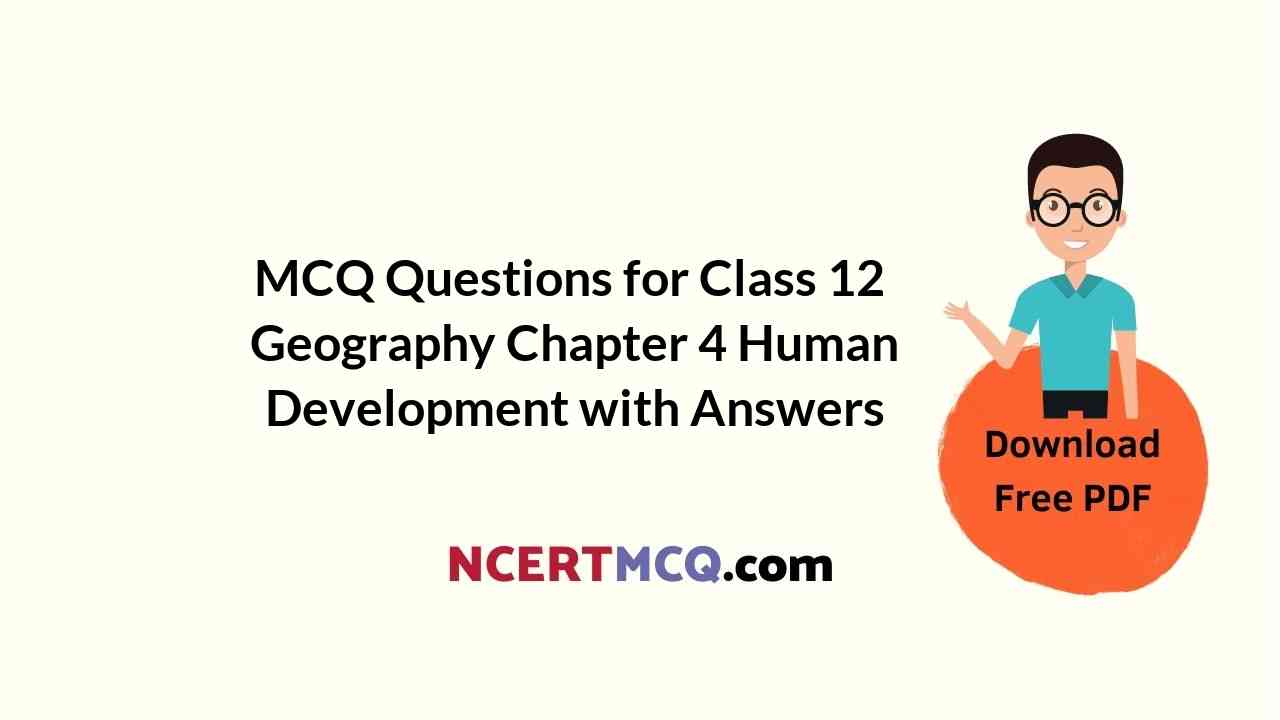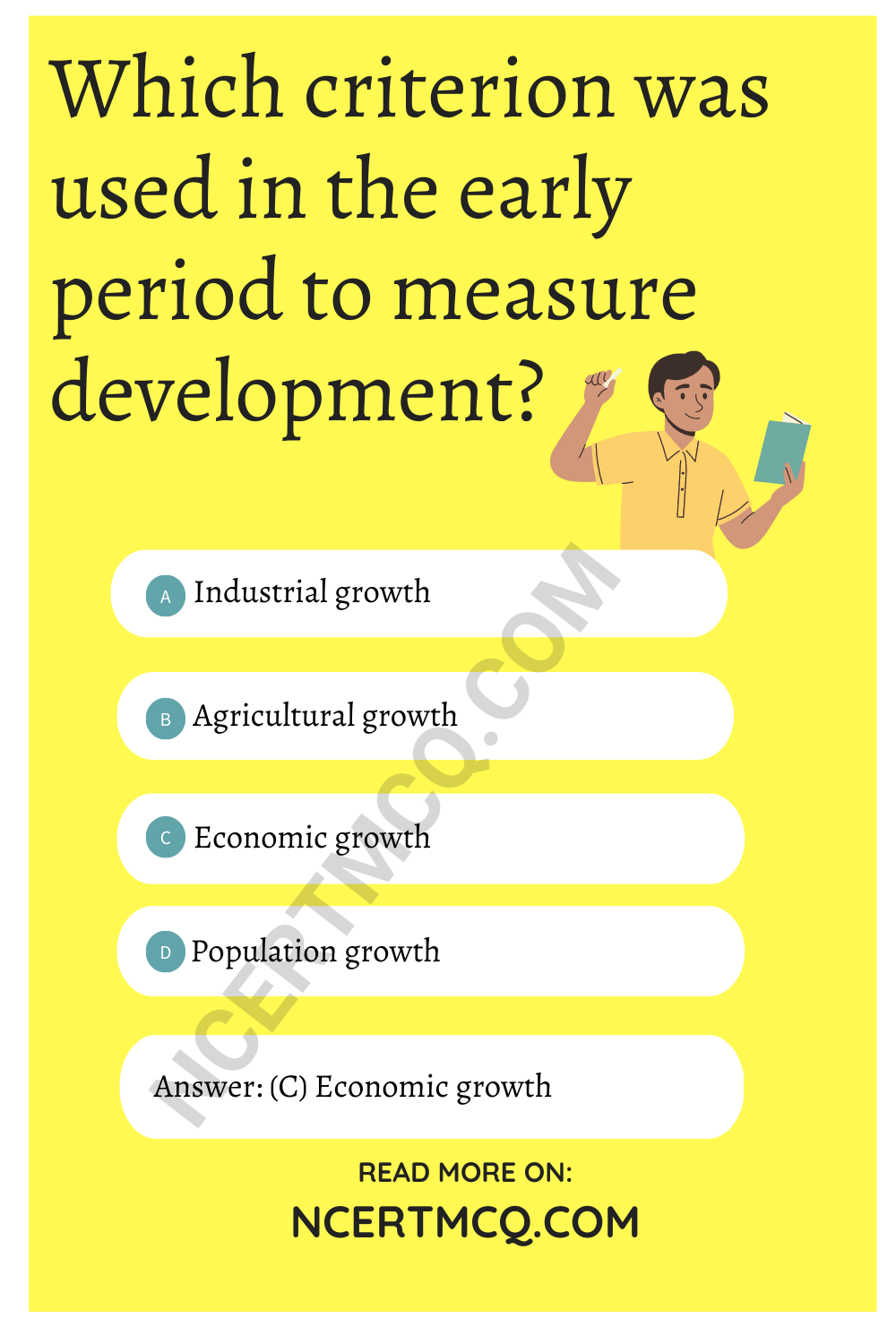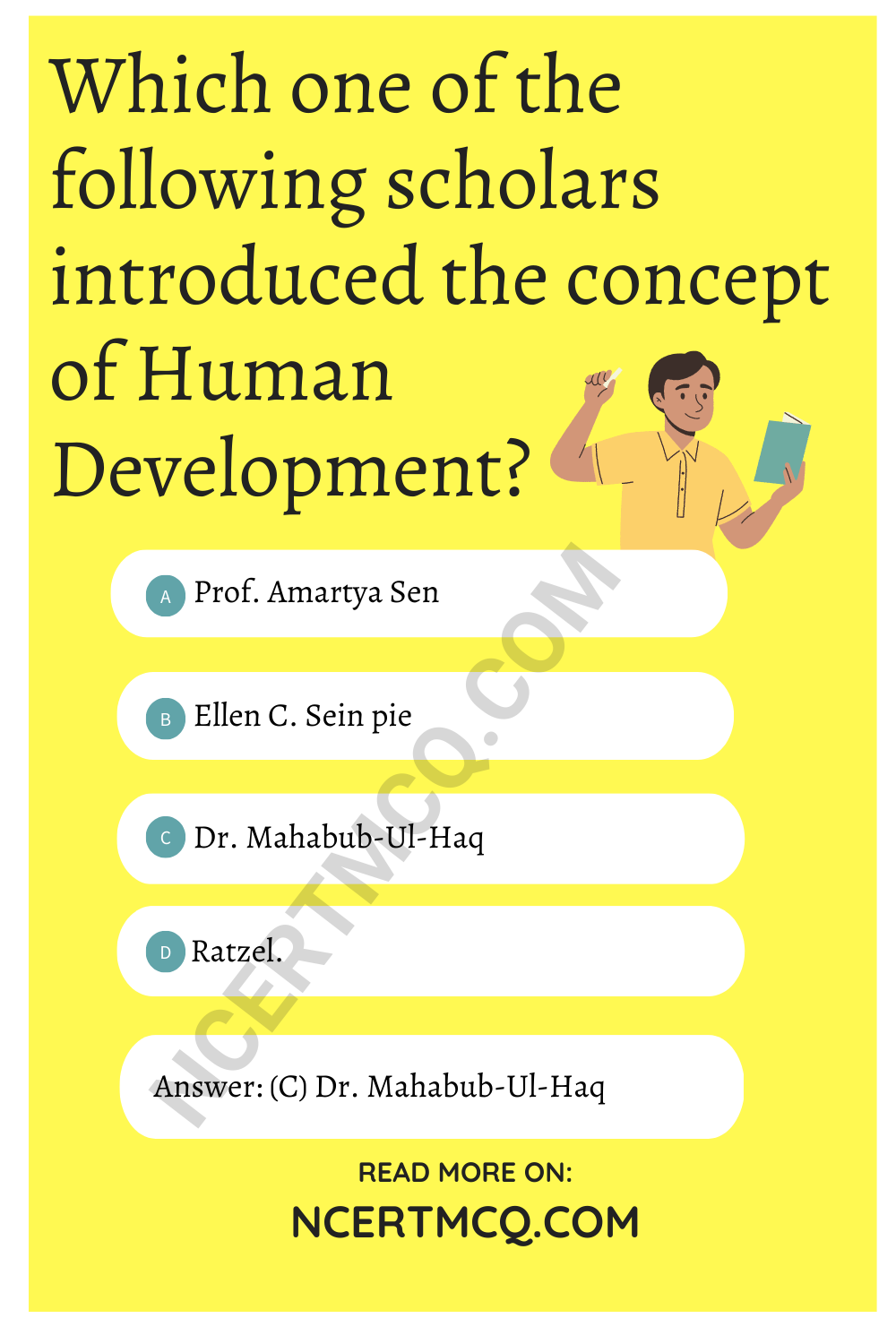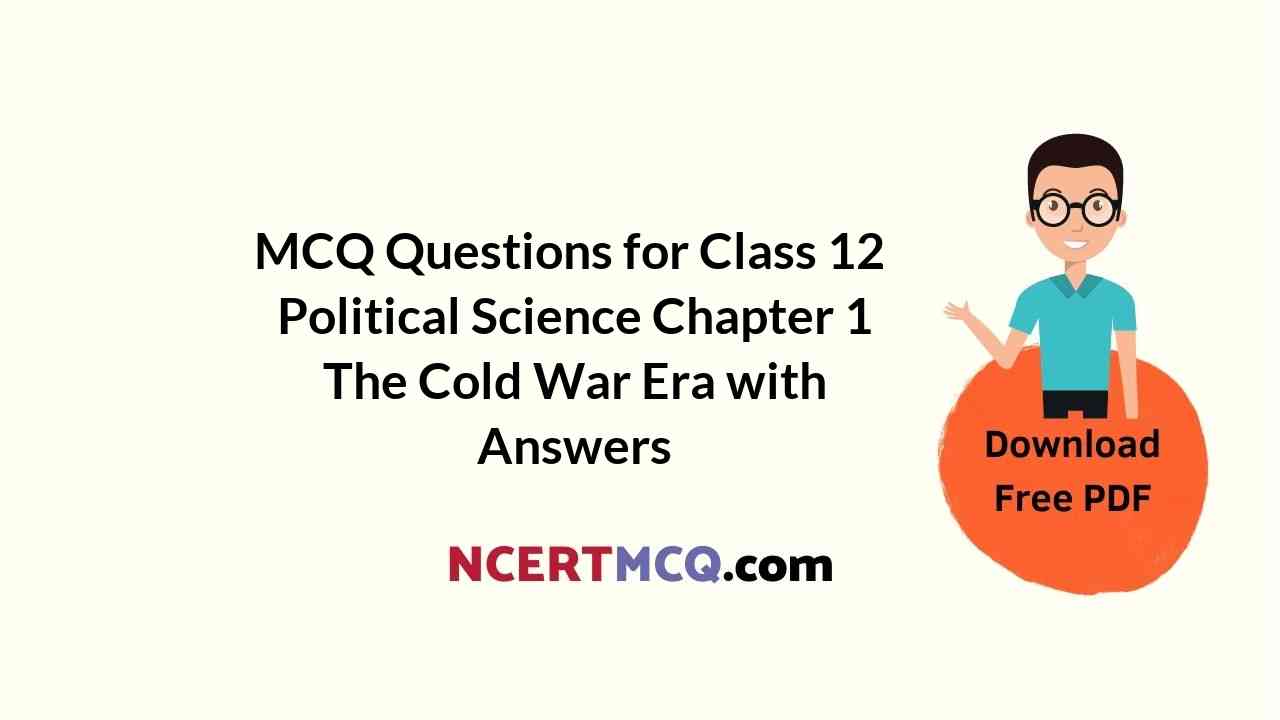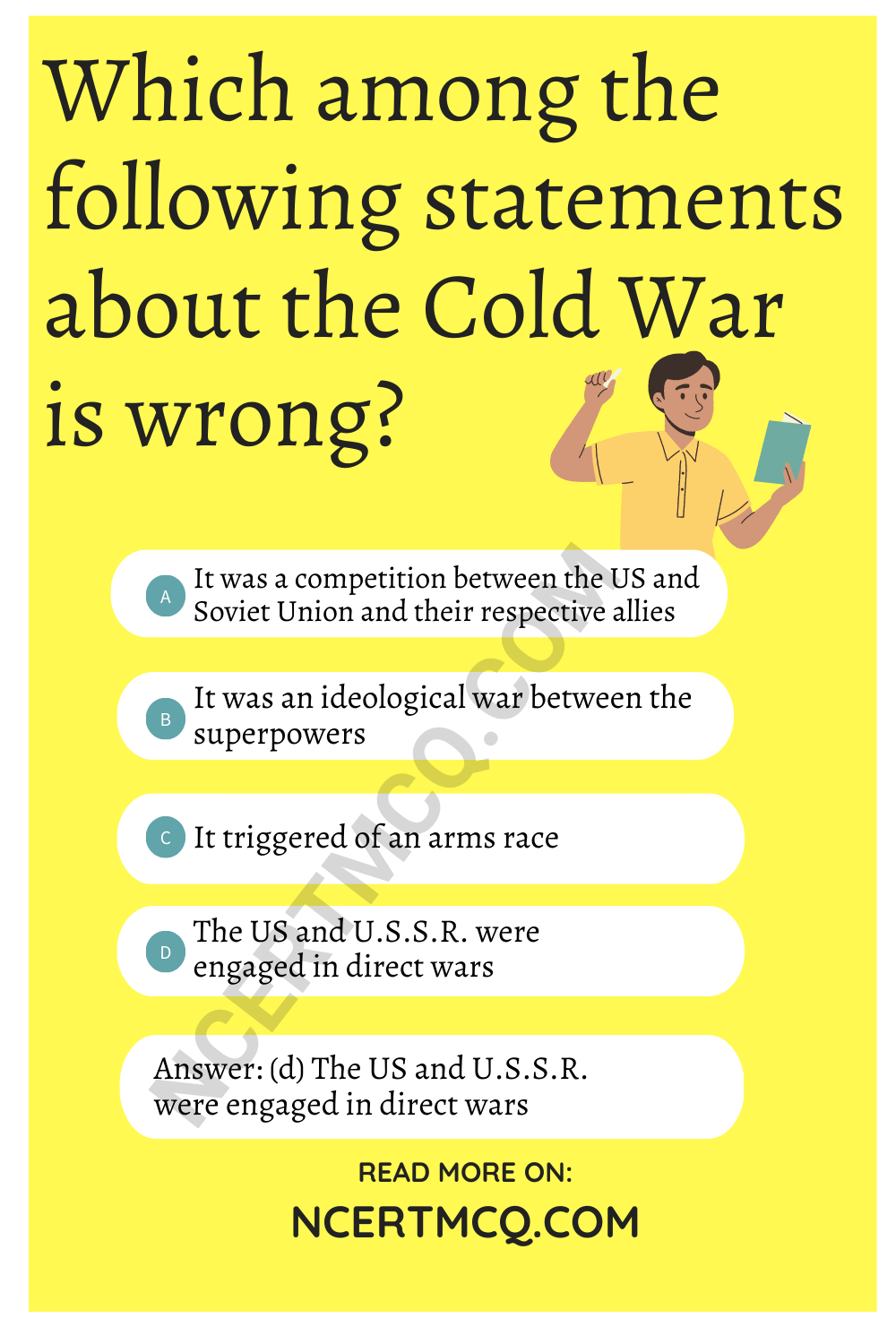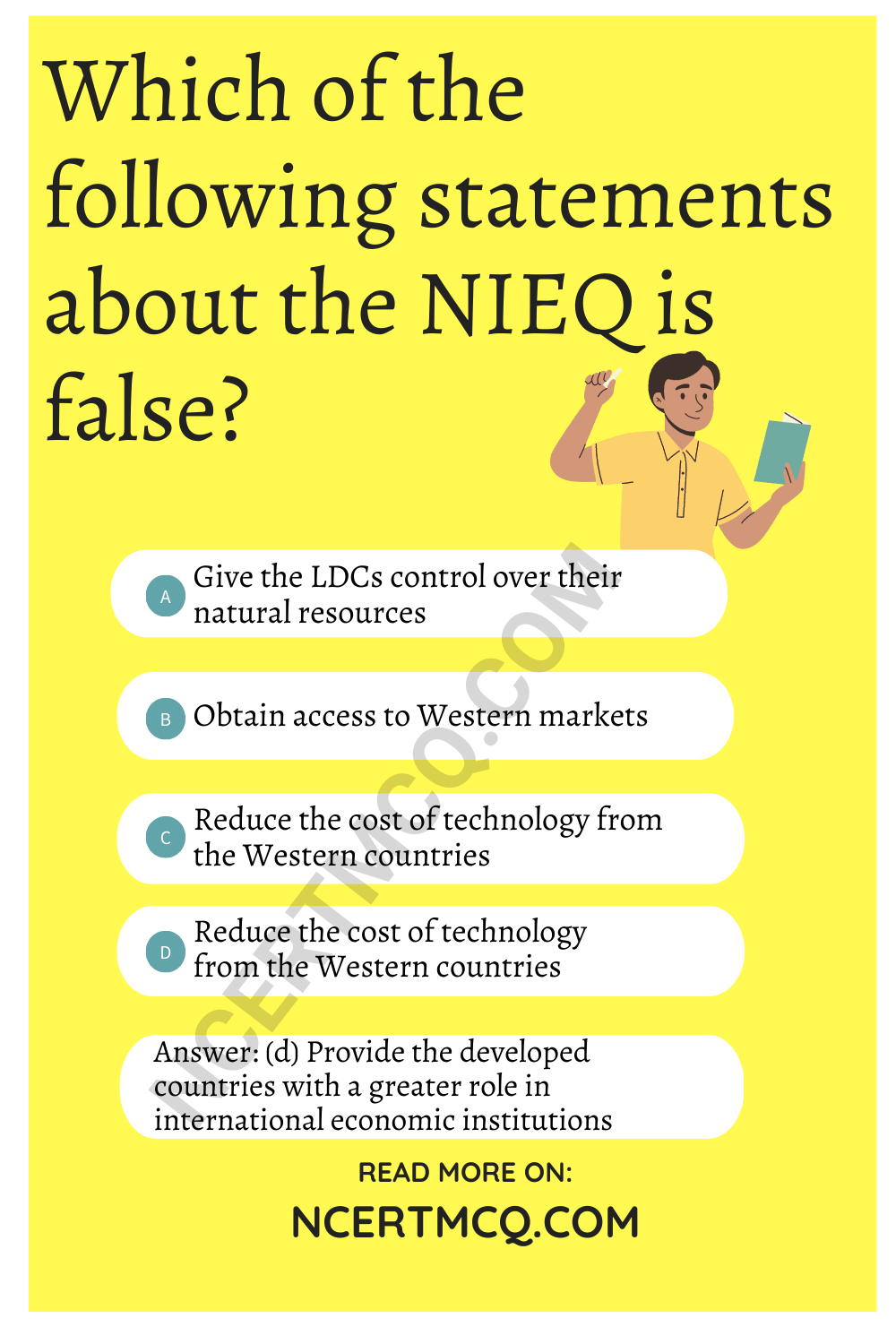Check the below NCERT MCQ Questions for Class 12 Geography Chapter 1 Population: Distribution, Density, Growth and Composition with Answers Pdf free download. MCQ Questions for Class 12 Geography with Answers were prepared based on the latest exam pattern. We have provided Population: Distribution, Density, Growth and Composition Class 12 Geography MCQs Questions with Answers to help students understand the concept very well.
Class 12 Geography Chapter 1 Population: Distribution, Density, Growth and Composition MCQ With Answers
Geography Class 12 Chapter 1 MCQs On Population: Distribution, Density, Growth and Composition
Population Distribution Density Growth And Composition MCQs Question 1.
The average density of population of IndIa (2011) is per km.
(A) 216
(B) 382
(C) 221
(D) 324
Answer
Answer: (B) 382
Population Distribution Density Growth And Composition MCQ Question 2.
Which state has the largest population?
(A) Uttar Pradesh
(B) West Bengal
(C) Kerala
(D) Punjab
Answer
Answer: (A) Uttar Pradesh
MCQ Questions For Class 12 Geography Chapter 1 Population Question 3.
Which state has the highest density of population?
(A) Haryana
(B) Uttar Pradesh
(C) West Bengal
(D) Bihar
Answer
Answer: (D) Bihar
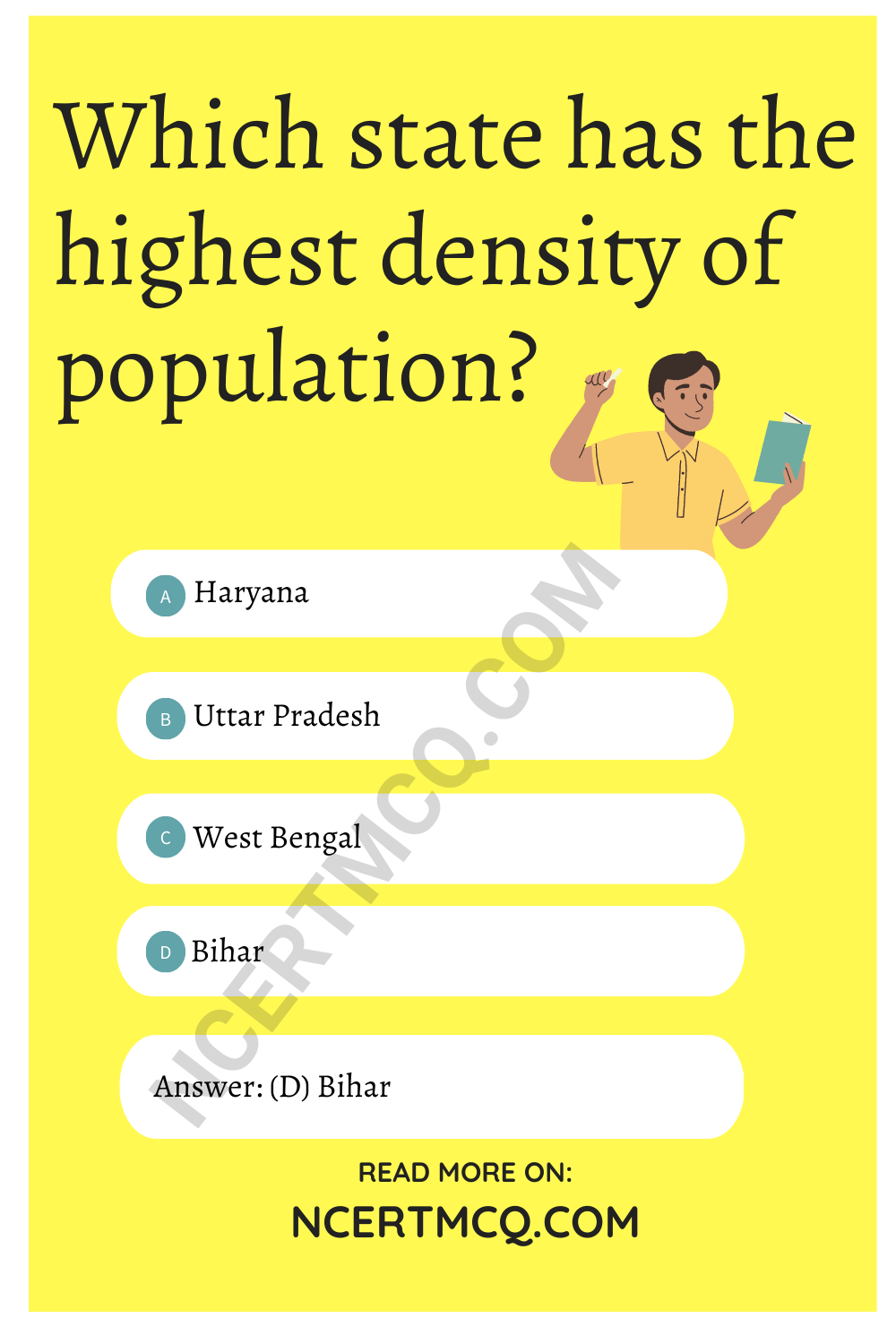
Class 12 Geography Chapter 1 Population MCQ Question 4.
Which state has the highest sex ratio?
(A) Kerala
(B) Himachal Pradesh
(C) Odisha
(D) Tamil Nadu
Answer
Answer: (A) Kerala
Population Class 12 MCQ Question 5.
Where does India rank as a world population?
(A) First
(B) Second
(C) Fifth
(D) Seventh
Answer
Answer: (B) Second
Population Distribution Density Growth And Composition Class 12 MCQ Question 6.
The growth of population rate per decade is.
(A) 15.3%
(B) 17.3%
(C) 17.6%
(D) 21.3%
Answer
Answer: (C) 17.6%
Population MCQ Class 12 Question 7.
When was the first census held in India?
(A) 1871
(B) 1881
(C) 1891
(D) 1861
Answer
Answer: (B) 1881
MCQ Of Population Distribution Density Growth And Composition Question 8.
How much percent of World’s population is in India?
(A) 10.7%
(B) 12.7%
(C) 16.7%
(D) 18.7%
Answer
Answer: (C) 16.7%
Class 12 Geography Population Distribution Density Growth And Composition MCQ Question 9.
Which state has the lowest population?
(A) Punjab
(B) Sikkim
(C) Assam
(D) Rajasthan
Answer
Answer: (B) Sikkim
Population Distribution, Density, Growth And Composition MCQs Question 10.
Which state has the lowest density of population?
(A) Haryana
(B) Rajasthan
(C) Arunachal
(D) Mizoram
Answer
Answer: (C) Arunachal
Population Distribution, Density, Growth And Composition MCQs Class 12 Question 11.
How many Million Plus towns are there in India (in 2001)?
(A) 25
(B) 27
(C) 30
(D) 54
Answer
Answer: (D) 54
Population Distribution Density Growth And Composition MCQs Class 12 Question 12.
What is the average sex ratio In India (2011)?
(A) 910
(B) 923
(C) 940
(D) 953
Answer
Answer: (C) 940
Population Distribution Density And Growth MCQ Question 13.
What is life expectancy in India?
(A) 55 years
(B) 60 years
(C) 66 years
(D) 70 years
Answer
Answer: (C) 66 years
Population Distribution Density Growth And Composition MCQ Class 12 Question 14.
The literacy rate in India is:
(A) 55%
(B) 60%
(C) 74%
(D) 67%
Answer
Answer: (C) 74%
Population Distribution, Density, Growth And Composition MCQ Class 12 Question 15.
In how many years India’s population will be doubled?
(A) 32 years
(B) 34 years
(C) 36 years
(D) 38 years
Answer
Answer: (C) 36 years
Population Distribution Density Growth And Composition MCQ Questions Question 16.
India’s population as per the 2011 census is:
(A) 1028 million
(B) 3287 million
(C) 3182 million
(D) 1210 million
Answer
Answer: (D) 1210 million
Distribution Density Growth And Composition MCQ Question 17.
Which one of the following states has the highest density of population in India?
(A) West Bengal
(B) Uttar Pradesh
(C) Kerala
(D) Bihar
Answer
Answer: (D) Bihar
Class 12 Population Distribution Density Growth And Composition MCQ Question 18.
Which one of the following states has the highest proportion of the urban population in India according to the 2001 Census?
(A) Tamil Nadu
(B) Kerala
(C) Maharashtra
(D) Goa
Answer
Answer: (D) Goa
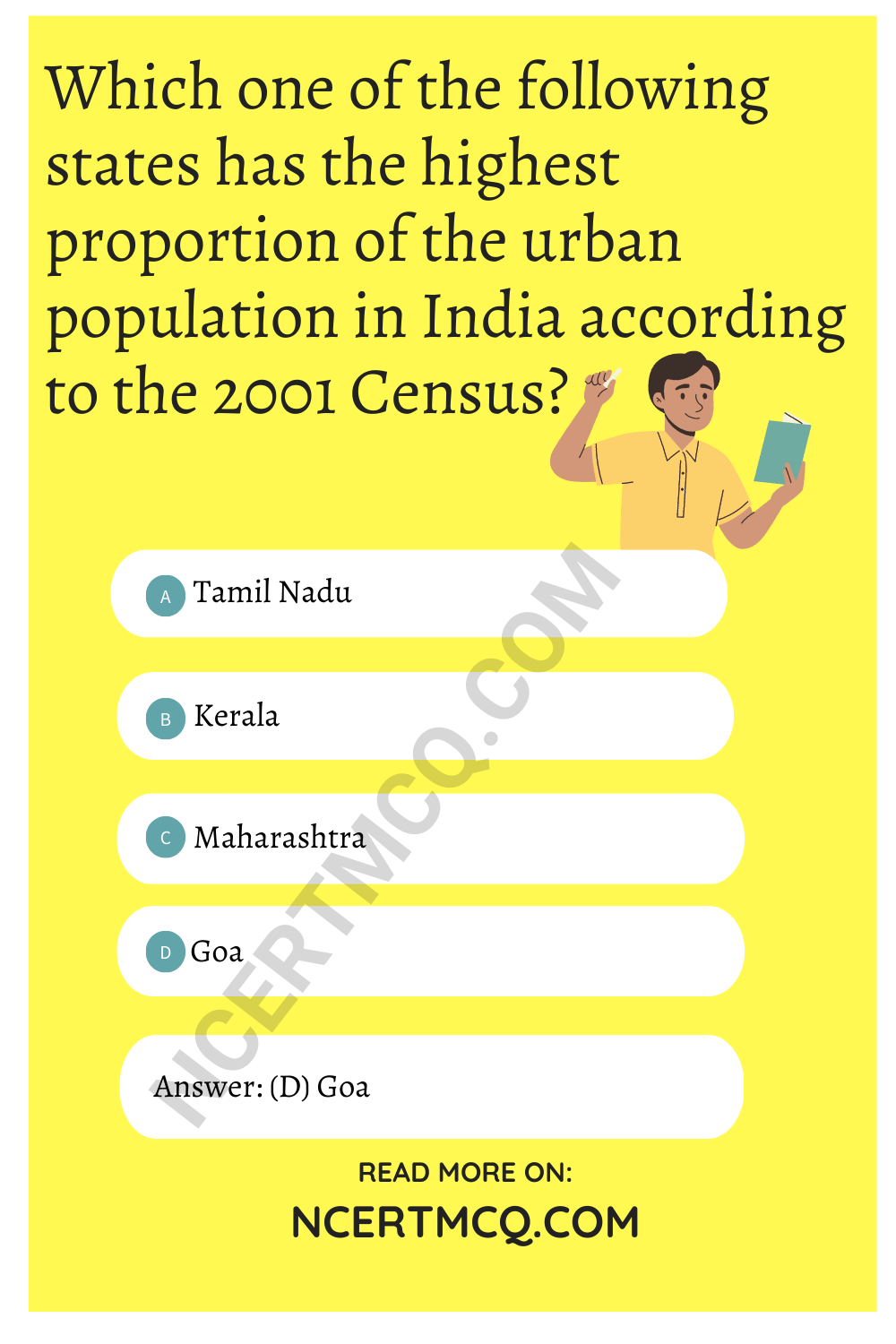
Population Density Growth And Composition MCQ Question 19.
Which one of the following is the largest group of India?
(A) Sino-Tibetan
(B) Austric
(C) Indo-Aryan
(D) Dravidian
Answer
Answer: (B) Indo-Aryan
We hope the given NCERT MCQ Questions for Class 12 Geography Chapter 1 Population: Distribution, Density, Growth and Composition with Answers Pdf free download will help you. If you have any queries regarding CBSE Class 12 Geography Population: Distribution, Density, Growth and Composition MCQs Multiple Choice Questions with Answers, drop a comment below and we will get back to you soon.
Class 12 Geography With Answers MCQ:
- Population: Distribution, Density, Growth and Composition Class 12 MCQ
- Migration: Types, Causes and Consequences Class 12 MCQ
- Human Development Class 12 MCQ
- Human Settlements Class 12 MCQ
- Land Resources and Agriculture Class 12 MCQ
- Water Resources Class 12 MCQ
- Mineral and Energy Resources Class 12 MCQ
- Manufacturing Industries Class 12 MCQ
- Planning and Sustainable Development in Indian Context Class 12 MCQ
- Transport and Communication Class 12 MCQ
- International Trade Class 12 MCQ
- Geographical Perspective on Selected Issues and Problems Class 12 MCQ
